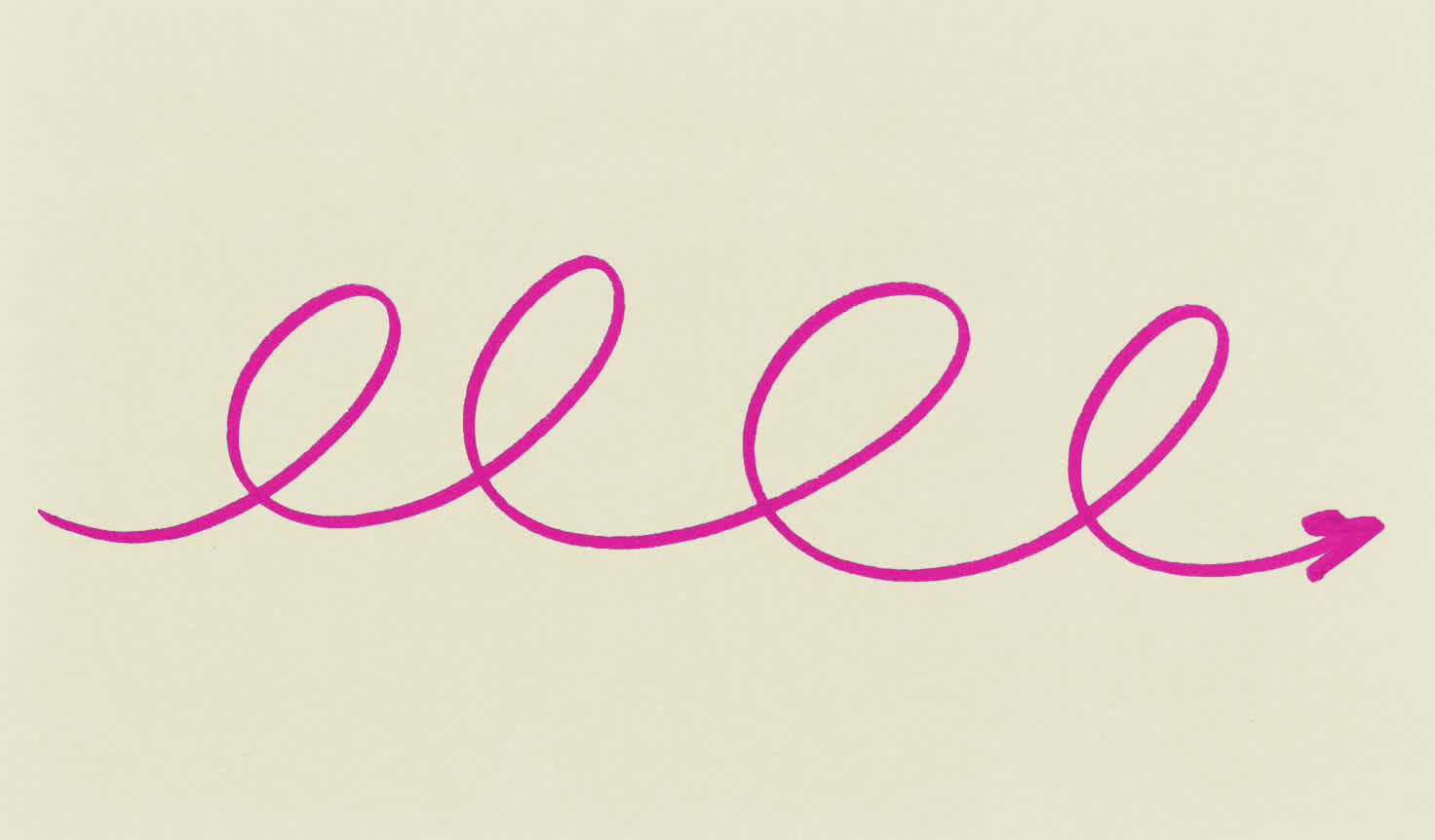Article
From doubt to certainty

Here’s the situation: Let’s say you’re a consultant in an agency and you get a request for proposal. Hooray! The clients have sum X (wow, not too bad) and demand a product Y in return.Their imagination of the new product Y is very concrete and of course they expect it to match 100% to their customers wishes. They know: the development will take some time, so they settle down and add a due date color-coded red to their calendar. When that day comes they expected the product to be exactly what they desired. And what happened when the product is released? Boo, the customers aren’t interested in that product. Even worse: they change sides and find out competitor’s service fits better. Then finally you notice: something went totally wrong ...
Jeff Gothelf at Edenspiekermann’s Brainfood
This is pretty much what Jeff Gothelf, lean UX advocate, went through repeatedly. Last friday he came to our weekly Brainfood at Edenspiekermann Berlin to share his knowledge. And to point out what often goes terribly wrong. Let’s count some potential failures:
- The clients become aware of a certain trend in their business.
- The clients try to anticipate their customers needs.
- They find an agency to realize their predetermined request.
- In the meantime they get tied up into daily business.
- After two, three or six months they’re excited to see the big results.
- They then bring the product to market.
- The new product fails ...
Elements of inquiry
How does prevention look and what’s the capability of lean UX? So let’s return to the main problem: clients are stuck with false expectations. They assume ending up worlds away not even knowing what their customers are really looking for. With lean UX you change the doubt (what do my customers really want?) to certainty (uuuh wow, didn’t think of that). The first and most important lesson for the agencies: do market research. Make tests. Get in touch with the customers and learn about them. Figure out as much details as you can. Leave your personal point of view at the door step and become empathetic. And then you have the grounds to design a product that matches the customer’s needs. Aside from that: stay in contact with the clients. Preferably in close contact. As it is beyond your power to influence how the product is used once it lands in the real world.
Iteration loops
With iteration loops you set up cross functional collaboration. To effectively use this method teams must be diverse and collaborative. This is actually asking a lot of flexibility from both – the client and the agency. Jeff Gothelf describes this as a change from a culture of delivery to a culture of learning. In this context the element of inquiry (consumers & clients) is incredibly important. The outcome of lean UX: taking agility to the next level to protect us from producing waste, both intellectual and product-related.
Edenspiekermann already uses lean methodologies, e.g. Scrum.
Jeff Gothelf is a lean UX advocate, user experience designer, agile and UX integration specialist and interaction designer from US. If you’re interested in reading more: Jeff Gothelf with Josh Seiden: “Lean UX. Applying Lean Principles to Improve User Experience”